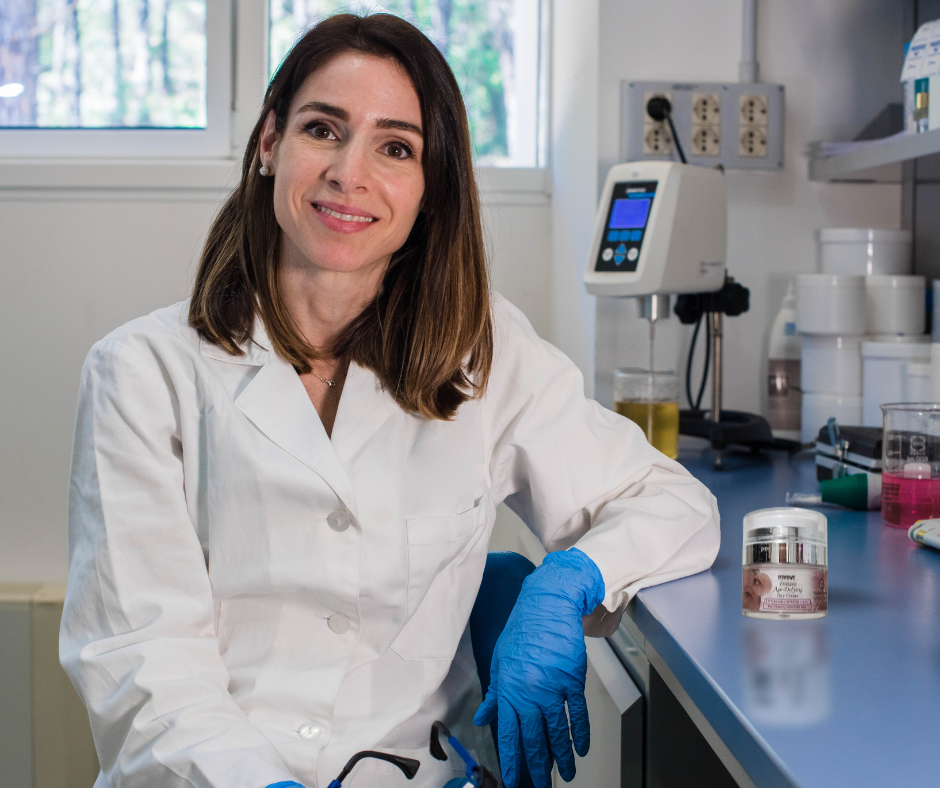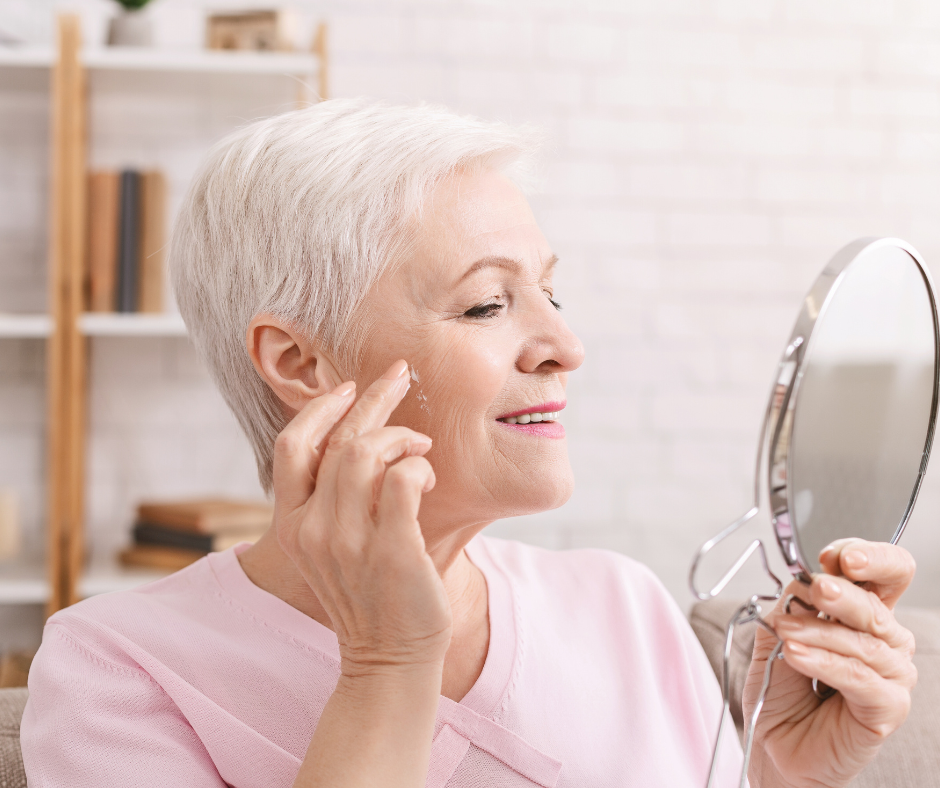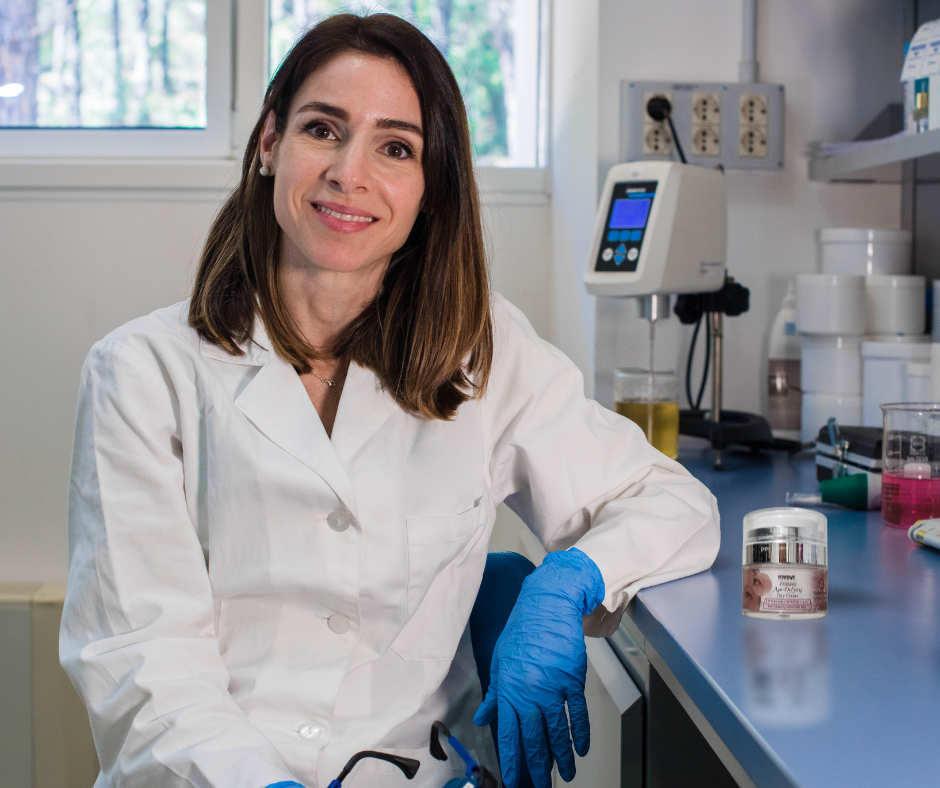Vitamin E is an antioxidant beloved in the skin care and hair care industry for its ability to protect, condition and enhance our formulations. But what actually makes this vitamin so special? Here we review the positive properties of vitamin E and its role in products with fats and oils.
What is Vitamin E?
Vitamin E is a fat-soluble antioxidant, which means it can interact with lipids – that is, fats and oils – in a way that helps protect them from oxidation. Vitamin E is found naturally in many vegetable oils, nuts and green leafy vegetables. In skin and hair care, a form of vitamin E called tocopherol is often used for its stabilizing and antioxidant properties.
Benefits of Vitamin E for Skin and Hair
Vitamin E is not only a powerful antioxidant but also an intense moisturizer. Here are some of its positive features:
-
Protection against free radicals : Vitamin E fights free radicals that can damage the skin and hair by breaking down the cell structure. This protection is essential to prevent premature aging and other damage caused by environmental factors such as UV radiation and pollution.
-
Moisture retention : Vitamin E helps the skin retain moisture and protects the barrier, which makes it extra useful in products that should preserve the skin's natural hydration.
-
Nourishment for hair and skin : Vitamin E is also a popular addition to hair care products thanks to its ability to add shine and strength to the hair while nourishing the scalp.
-
Anti-inflammatory properties : Vitamin E is known to have soothing effects on irritated skin, making it useful in products for sensitive and dry skin.
Vitamin E in Formulations with Lipids
Vitamin E is particularly useful in products containing lipids, such as oils, creams and serums. Since fats and oils have a tendency to oxidize and go rancid over time, vitamin E helps protect these ingredients from breaking down through oxidation. It thus acts as an antioxidant protection rather than as a preservative.
It is important to understand that vitamin E does not prevent microbial growth, as preservatives do. Antioxidants such as vitamin E extend shelf life by protecting against oxidation, while preservatives are needed to prevent bacteria, mold and other microorganisms from growing in water-based products.
The difference between Vitamin E and Preservatives
It can be easy to confuse vitamin E
antioxidant role with preservatives, but they have different functions:-
Vitamin E (Antioxidant) : Prevents oxidation in oils and fats, which protects them from rancidity and preserves their nutrition.
-
Preservatives : Prevents the growth of microorganisms in water-based products. Since bacteria and mold grow in water environments, preservatives are important to ensure product safety and shelf life.
Alternative to Vitamin E
If one does not want to use vitamin E, or if a product requires a different type of protection, there are some other options that act as antioxidants in oil and fat-based products:
-
Rosemary Antioxidant (Rosmarinus officinalis) : A natural extract that has strong antioxidant properties and helps protect oils and fats from oxidizing.
-
Grapeseed Oil : Another source of natural antioxidants that can provide additional protection against oxidation in formulations, although not as effective as vitamin E.
-
Astaxanthin : A powerful antioxidant that is particularly useful in products where long-term stability against oxidation is desired, but it can slightly affect the color of the product.
Vitamin E continues to be a star in both skin and hair formulations, thanks to its antioxidant and conditioning properties. So the next time you use a product containing vitamin E, you can be sure that it not only protects the ingredients but also your skin and hair in a natural and effective way!






Leave a comment